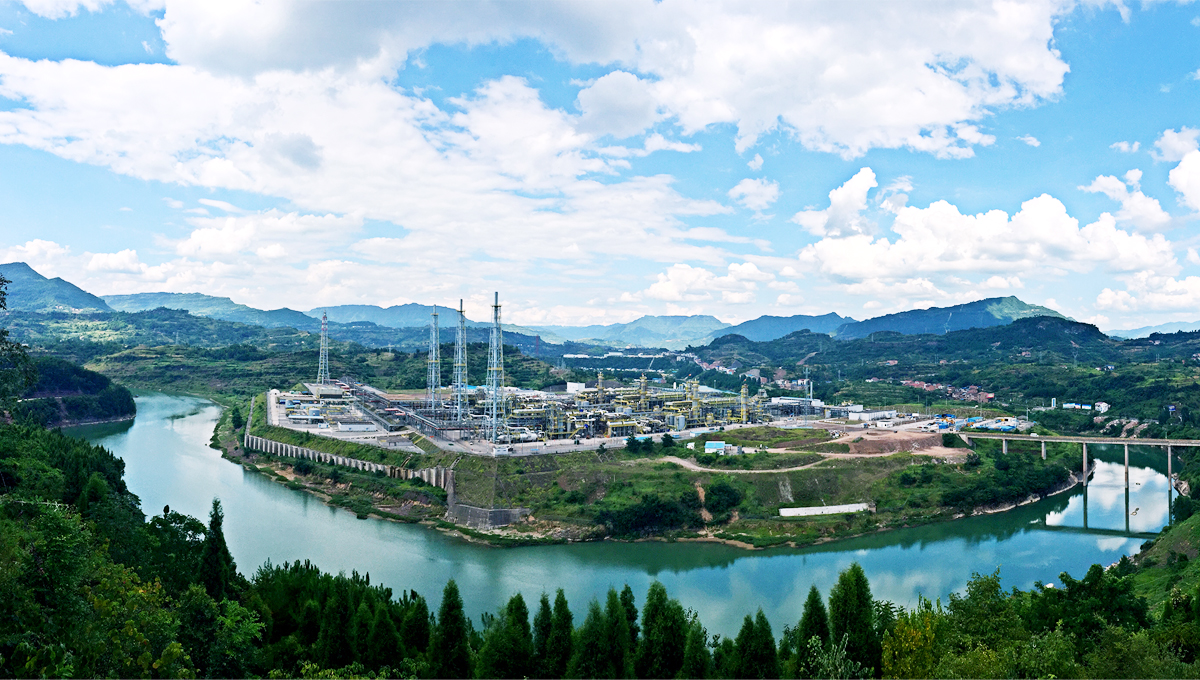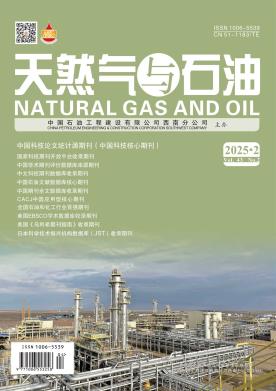碳捕集、利用和封存中材料腐蚀研究进展
Progress in research on material corrosion in carbon capture, utilization and storage
浏览(2397) 下载(2)
- 引用格式:
-
王杰,樊学华,张艳娜,杜博,刘陶然,兰添,孙建波.碳捕集、利用和封存中材料腐蚀研究进展[J].天然气与石油,2025,43(2):107-115.doi:10.3969/j.issn.1006-5539.2025.02.014
WANG Jie, FAN Xuehua, ZHANG Yanna, DU Bo, LIU Taoran, LAN Tian, SUN Jianbo.Progress in research on material corrosion in carbon capture, utilization and storage[J].Natural Gas and Oil,2025,43(2):107-115.doi:10.3969/j.issn.1006-5539.2025.02.014
- DOI:
- 10.3969/j.issn.1006-5539.2025.02.014
- 作者:
- 王杰1 樊学华1,2 张艳娜3 杜博4 刘陶然5 兰添1 孙建波2
WANG Jie1, FAN Xuehua1,2, ZHANG Yanna3, DU Bo4, LIU Taoran5, LAN Tian1, SUN Jianbo2
- 作者单位:
- 1. 中国石油工程建设有限公司北京设计分公司, 北京 100085; 2. 中国石油大学(华东)材料科学与工程学院, 山东 青岛 266580; 3. 中国石油勘探开发研究院, 北京 100083; 4. 中国国际(伊拉克)鲁迈拉公司, 北京 100034; 5. 中国石油天然气股份有限公司石油化工研究院, 北京 102206
1. CPECC Beijing Company, Beijing, 100085, China; 2. School of Materials Science and Engineering, China University of Petroleum(East China), Qingdao, Shandong, 266580, China; 3. Research Institute of Petroleum Exploration & Development, Beijing, 100083, China; 4. PetroChina International Iraq Rumaila Branch, Beijing, 100034, China; 5. PetroChina Petrochemical Research Institute, Beijing, 102206, China
- 关键词:
- CO2;CCUS;材料;腐蚀
CO2; Carbon Capture, Utilization and Storage(CCUS); Material; Corrosion
- 摘要:
- 针对碳捕集、利用和封存(Carbon Capture,Utilization and Storage,CCUS)中管道、关键设备存在的腐蚀问题,调研了碳钢和不锈钢的腐蚀规律、失效形式和腐蚀机制,介绍了水泥的碳化腐蚀与非金属的失效研究现状。在胺液环境中,温度、CO2负载量、胺液浓度和热稳定盐含量是影响金属材料腐蚀行为的关键因素。在CCUS超临界CO2环境下,气体杂质影响碳钢腐蚀产物构成,加速腐蚀并可能诱发开裂,控制气体含水率是抑制腐蚀的重要手段。在CCUS技术中,不锈钢主要存在点蚀和应力腐蚀开裂风险,探讨了超临界CO2封存及胺液碳捕集环境中不锈钢的腐蚀影响因素和规律。油井水泥与CO2可以发生化学反应,生成不具备胶结能力的SiO2,降低水泥的密封性。非金属材料在服役过程中可能会发生溶胀、老化问题,非金属的选材应考虑高分压CO2造成的材料性能恶化,根据GB/T
34903.1—2017《石油、石化与天然气工业 与油气开采相关介质接触的非金属材料 第1部分:热塑性塑料》提供的指标判定非金属材料的适用性。研究结果可为CCUS技术相关生产设施的材料选择和腐蚀控制提供借鉴。
To address the corrosion issues of pipelines and key components in carbon capture, utilization and storage(CCUS) technology, this paper delves into the corrosion pattern, forms of failure and corrosion mechanisms of carbon steel and stainless steel while also introduces the current state of research on the carbonation corrosion of cement and the failure of non-metallic materials. In an amine environment, temperature, CO2 partial pressure, amine concentration, and the presence of heat-stable salts are the key factors influencing the corrosion behavior of metallic materials. Under the CCUS environment with supercritical CO2, gas impurities can alter the composition of carbon steel corrosion byproducts, accelerate corrosion and may induce cracking. Regulating the moisture content in the gas is an important strategy to inhibit corrosion. Stainless steel in CCUS system is susceptible to pitting and stress corrosion cracking. The study separately examines the corrosion patterns and the factors affecting stainless steel corrosion in supercritical CO2 storage and liquid amine-based carbon capture environment. Moreover, a chemical reaction between oil well cement and CO2 can produce SiO2, which compromises cement's bonding capacity, thereby reducing its sealing efficacy. Non-metallic materials in service are prone to swelling and aging phenomena. Hence, their selection should account for performance degradation due to high CO2 partial pressures. The applicability of non-metallic materials should be determined according to the indicators provided by GB/T 34903.1—2017 Petroleum, petrochemical and natural gas industries-Non-metallic materials in contact with media related to oil and gas production-Part 1: Thermoplastics. The results of this study can provide reference for material selection and corrosion control in CCUS-related facilities.



